ENDOMETRIOSIS: FROM A NATUROPATHIC PERSPECTIVE
Endometriosis is a condition that really needs to be treated using the best that both the Medical and Complementary healthcare systems have to offer. That is to say, treatment for Endometriosis should be undertaken in a comprehensive and focused way to throw everything you can at it, and achieve an effective therapeutic outcome.
Medical treatment may seek to reduce or stop periods altogether, using hormonally active medications to induce a continual pregnancy-like hormonal state or produce a temporary menopausal state. It would also be concerned with medicating for pain management, mood swings and depression. Medical procedures can range from the less invasive, to the higher end of the “invasive” scale, and may involve:
• Medication -for example, oestrogen-modulating (e.g. the oral contraceptive pill), progestogens (e.g. Provera), and analgesic medicines
• Laparoscopic investigation and surgery/ablation
• Regular D and Cs (dilation and curettage)
• Hysterectomy
Naturopathic treatment for Endometriosis is centred on supporting appropriate organs, systems, and pathways in the body through a comprehensive nutritional and herbal prescription to target the disease pathways; as well as beneficial dietary and lifestyle modifications in order to mitigate symptoms, improve reproductive health and fertility, and ultimately, to manage and reduce disease progression.
After proper assessment of the condition -that is, how active the Endometriosis is, severity of growth and symptoms, treatment goals (symptomatic improvement vs fertility, for example), and contributing factors; the main areas of focus in treating Endometriosis from a Naturopathic perspective involves the regulation and support of:
• Hormones (especially oestrogen and cortisol)
• Liver detoxification pathways to improve toxin and hormonal clearance
• Gut health and function
• Lymphatic and immune function
• Inflammation pathways
• Oxidative stress within the system
NATUROPATHIC INVESTIGATIONS MAY ALSO INCLUDE:
• Assessment of goal for treatment e.g. symptom reduction, fertility or treatment of entire disease process
• Hormonal and Pain tracking
• Hormonal profile (salivary test)
• 2 and 16 (pathways) oestrogen metabolism testing
• Adrenal hormone profile
• Food igG and IgG profile
• Coeliac profile
• Complete Digestive Stool Analysis
• Vitamin D status
• Lipid profile
• Gene screen
• Liver function: capacity for detoxification/assessment of phase I and II of liver detoxification processes
• Levels of oxidation, pro-oxidant factors in the diet and lifestyle (e.g. stress and poor nutrition), and antioxidant status
NUTRITION
Nutritional and dietary measures are mainly focused on the repletion and boosting of key nutrients, as well as the avoidance of foods and substances necessary to impact Endometriosis pathways (outlined above). Basic principles of which, include:
• Nutritional (and herbal) prescriptions to provide symptomatic support (including psychological and emotional stress), and target inflammation and other disease pathways
• Limit pro-inflammatory substances and foods, such as: dairy, caffeine, alcohol, sugar, non-organic meats and farmed fish, processed/packaged foods, saturated fats and deep-fried foods, soy and other oestrogenic foods (including xeno-oestrogens, commonly ingested through use of plastics)
• Include more: fresh, whole (natural, non-processed), and organic (this is actually really important, therapeutically) foods that are nutrient-rich, anti-inflammatory, antioxidant-packed!
• Increase fibre to aid digestion, enhance the ecology of the gut, and clearance of oestrogen and toxic waste from the system
LIFESTYLE MEASURES MAY INCLUDE:
• Meditation and relaxation techniques can be invaluable in helping deal with the psychological, emotional and physical impact of endometriosis
• Moderate, daily physical activity like walking, stretching and yoga are beneficial
• Losing weight (if necessary), as adipose (fat) tissue produces more oestrogen, and is very hormonally active
• Refraining from sexual intercourse during menses (due to the link to possible retrograde blood flow)
• Awareness around what’s in your environment, food and personal care products (e.g. moisturiser, make-up, deodorant, sanitary items); and making appropriate changes to avoid and decrease exposure to chemicals and toxins (for example, heavy metals, pesticides, parabens, phthalates, solvents, and moulds), is a must.
References:
Cook, K and Trickey, R. Endometriosis. Crows Nest, N.S.W: Allen and Unwin, 2002.Print.
Hechtman, Leah. Clinical Naturopathic Medicine. Sydney, Australia: Churchill Livingstone/Elsevier Australia, 2011.Print.
Shanna Choudhary
